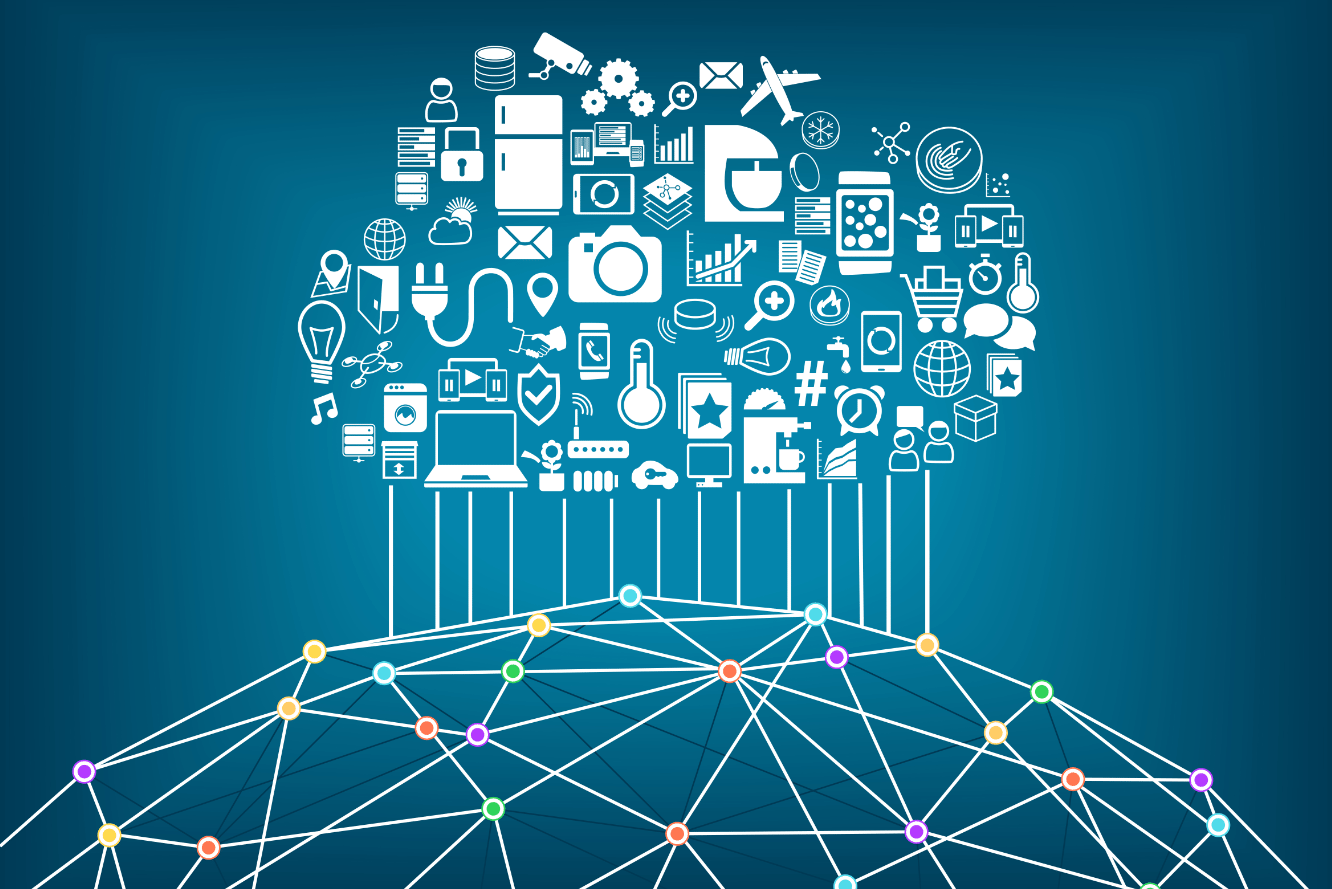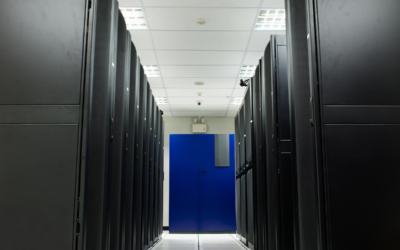How IoT is Shaping the Future12 min read

The Internet of Things (IoT) is shaping the future of the data center industry in ways that that are filling more keynote addresses today than pontificators pontificated on virtualization and cloud just a few years ago. While we have heard a few random and isolated minor alarmist notes, for the most part it’s a story of good news – here is the latest whiz-bang that will extend the data center boom and keep all of us data centerists gainfully occupied for the foreseeable future. And for any of you naysayers out there who might want to wax oxymoronic about the concept of data center foreseeable future, I would just suggest that our inherently very conservative nature and associated risk averseness decelerates our adoption of anything new to the extent that the foreseeable does, in fact, reside well beyond the reaches of our collective proboscis. Most of the discussion on the IoT focuses on the magnitude and the practical benefits to consumers, businesses, and society in general; however, there are also some more subtle potential effects with possibly deeper long range consequences.
The scale of the IoT revolution is justifiably a part of any discussion of this phenomena. We have all heard these numbers by now. For example, we have seen predictions of internet traffic increasing to 44 trillion gigabytes by 2020 and for storage capacity having to increase by 1000% over just the next 4-5 years. This traffic increase will be driven by the increase from 9 billion connected devices today to anywhere from 25 billion to 50 billion devices in 8-10 years. Forecasts peg the value of this growth at anywhere from $3.7 trillion up to $11.1 trillion. The good news for most of us is this growth means more data centers. In addition, the make-up of these data centers will see an increased proportion of storage versus computation capacity.
I’m not going to call anybody out on this, but the self-evident reasons for continued growth of the data center industry have been accompanied by a cacophony of prognostications associating IoT with edge data centers and edge networks; that is, IoT will require a proliferation of smaller data centers closer to all those “things” to avoid byte traffic bottlenecks and resultant latency problems. For the most part, I think we have some industry experts whose enthusiasm for buzzword confluence got the best of them – look in the mirror; you know who you are. Think about all these things to which your smartphone or tablet or laptop will keep you connected: exercise/activity monitoring, coffee pot, thermostat, door bell, lawn sprinklers, oven, microwave, electric blanket, blood pressure monitor, cat litter box, water softener, furnace filters, and wherever your imagination takes you. How much suffering and inconvenience will you experience with a fraction of a second or even 1-2 seconds of latency in any of these information transactions? Likewise, in the business world, think about where we have all those sensors: warehouse inventory bins, retail shelves and aisles, wheel or shaft bearing sleeves, pipes and hoses, people-movers, rain and snow gauges, and even head-nodding to ascertain attentiveness in business planning meetings. Where is the value of having the data center close to the sensor?
While IoT can be supported more than adequately in most cases by cloud data centers located wherever it makes sense for clouds to reside, there remain some IoT applications where latency can be an issue and proximity of sensors to data acquisition and analytics activity can be valuable and even required. For example, in industrial automation and process controls, particularly in high volume, low-interval processes, latency can be a critical issue. However, I am not sure how often that proximity requirement translates into a requirement for an edge data center. In most cases, where the business owns the acquisition and analytics tools, it seems to me that if the factory has a computer room, that may be close enough to the edge. If not, we may need to have small brains distributed throughout a factory—technically an edge function but hardly a data center. Likewise, where augmented reality is a critical part of robotic-assisted surgical procedures, there would be no room for latency. Where hospitals and surgery centers have data centers or computer rooms, those spaces would obviate the need for any additional edge capacity, or sometimes the full data acquisition, analytics, and instructional set are built into the mobile machine itself. Where augmented reality may drive a new generation of games like the Pokemon Go craze, if latency were to become an issue we could expect a few mobile edge computing servers to be added to service provider base stations rather than a proliferation of new edge data centers, which would also seem to be a reasonable network infrastructure for driverless cars.
More importantly, IoT may finally provide a path to that fantastical future world promised to us at the 1964 New York World’s Fair – talk about delayed gratification! Setting aside for a moment that consumer applications for IoT may represent less than 30% of the total IoT digital traffic, I think we may finally be stepping into that Jetsonesque animatronic vision illuminated that summer in Flushing Meadows Corona Park. My memory is a bit fuzzy on the details anymore, but I’m thinking that drone package delivery, driverless cars, meals, and thermostats fired up an hour before we get home from work, robotic vacuum cleaners and organs direct-dialing hospitals may mean we are finally cashing in on those promises.
Besides its effect on size and shape of data centers, the internet of things will contribute to a much more radical transformation of society in general. Once everything is connected and can be monitored and controlled and have all sorts of data stored and analyzed, the use to which all that information can be put becomes more valuable than the things themselves. For a couple decades now social commentators have discussed the impact of our society’s migration from a manufacturing economy to a service economy and there has been plenty of debate about whether that is a good trend or a bad trend or if it is a necessary trend or an avoidable trend. The recent presidential election definitely saw the decibel level rise on these questions. The internet of things may make this path inevitable as businesses see that the revenue opportunities for managing all this information about their products and making that useful actually exceeds the prospects for the products themselves. For example, the value of a discrete widget deployed on a factory assembly line or in the bowels of a diesel engine or in the elbow of an articulating robotic surgery arm may have less business priority than the value of annually renewed contracts to remotely monitor and service that widget. Related to the value of services versus products, we can expect to see the beginning of a period wherein internet of things capability will be a competitive advantage differentiating factor in the marketplace for some products. This trend is already established in the industrial sector, so it will be interesting to see how it surfaces in consumer and commercial applications.
There is more to look for with the internet of things. Currently, the potential for IoT is constrained by lack of a good path for interoperability. After all, who wants to be driving home from work and signing into twenty different URLs just to get your house set up to welcome you home for the evening? It will be interesting to see if that is solved by some 1000 pound gorilla becoming the tacit standard or if there will be some kind of industry consortium organized to either develop a standard or a seamless handshake of some kind. There could be a new superstar software venture if somebody solves this quickly with implementation simplicity. If that superstar is somebody other than Microsoft, then the world will be surviving at the mercy of two digital monsters instead of just one.
In summary, I’d say the IoT will contribute to sustaining the growth curve of data centers but not necessarily to a dramatic qualitative difference in data centers. That’s what I see through my data center tunnel vision. However, outside of the data center, IoT appears to be an instrument of social change somewhere between cultural evolution and cultural revolution.

Ian Seaton
Data Center Consultant
Let’s keep in touch!
Airflow Management Awareness Month
Free Informative webinars every Tuesday in June.







0 Comments